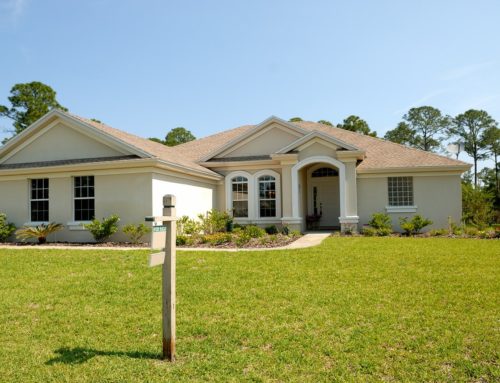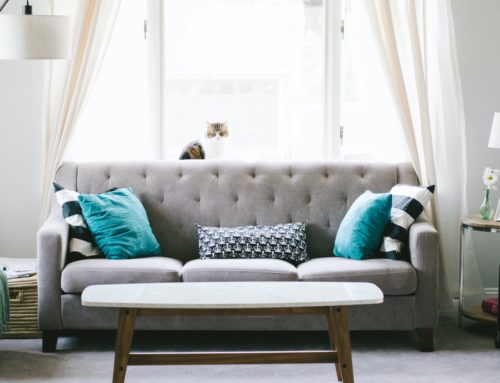G. M. Filisko, an attorney and award-winning author, is a lawyer. She is a frequent contributor to publications such as Bankrate, REALTOR Magazine and American Bar Association Journal. Her specialties include real estate, personal finances, and legal topics.
Do your research before you buy. This will make you feel happier about your new home.
Many potential home buyers feel a little intimidated by the prospect of having to sign a large mortgage they will be paying for the rest of their lives. It’s best to feel confident that you are purchasing the best home possible at the best price and with the best financing. These seven steps will guide you in making smart purchases about your largest purchase.
1. DECIDE HOW MUCH HOME PERSONAL YOU CAN AFFORD
A home that costs two to three times your income is usually affordable. You should consider all costs that homeowners must pay, including property taxes, insurance and maintenance. If applicable, community fees.
2. DELIVER YOUR HOME WISH LIST
Be open about the features you need and those you would like. Accessibility for handicapped children and parents is essential. Granite countertops and stainless-steel appliances are considered bonus items. To help you narrow your search and make an informed decision when shopping for a home, think about your top five must-haves.
3. SELECT THE PLACE YOU WANT to LIVE
You should make a list of the top five priorities in your community, including commute time, schools and recreational facilities. A REALTOR(r), who can help you pinpoint three to four neighborhoods that meet your needs, will be able to assist you.
4. STOP SAVING
Are you able to save enough money for a down payment and a mortgage? You should aim to have 20% of your purchase price saved for a downpayment. However, some lenders will allow you to put down as low as 5%. You can save your money for emergency situations by paying a small downpayment.
The down payment you make will affect your loan amount and monthly payments. The amount of your down payment can have an impact on the interest rate you get and the type loan you can get.
If your down payment falls below 20%, you will need to buy private mortgage insurance. PMI can increase your monthly payment by hundreds of dollars, depending on how large your loan is. For assistance with down payments and mortgages, check with your local government.
5. Before you sign, ask about all the costs.
The down payment is only one cost associated with buying a home. A REALTOR(r), can help you determine the other costs that buyers pay in your region, such as home inspections, attorneys’ fees and transfer fees. These fees range from 2% to 7% of home prices. Add up any additional items you will need to purchase after you move in, such as patio furniture and window coverings.
6. GET YOUR CREDIT IN ORDER
Credit reports include information about your borrowing history including late payments and bad credit. They also usually include a credit score. In deciding whether to lend money for a home, lenders rely heavily on credit reports and credit scores. There are many factors that affect the minimum credit score required to be eligible for a loan, such as how large your down payment. Talk to a lender or REALTOR about your specific circumstances.
Annually, you are entitled to free credit reports from all three major credit bureaus, Equifax, Experian and TransUnion. You can order and review them before you purchase. Paying your bills on time is the best way to improve credit scores.
7. GET PREQUALIFIED
Talk to a lender to obtain a prequalification letter stating how much house you are qualified to purchase. Gather the documentation your lender requires. W-2 forms to verify your income and employment, pay stubs and copies of bank statements for two to four months are all required by most lenders.
You will need your current profit and losses statement, balance sheet, personal and business income tax returns, and any previous two years if you are self-employed.
Take into account your financing options. Your monthly payment will be lower the longer you have the loan. Fixed-rate mortgages provide payment certainty, while an adjustable-rate mortgage offers lower monthly payments. An adjustable-rate mortgage can adjust drastically. Calculate your affordability using both the lowest and maximum ARM rates.




